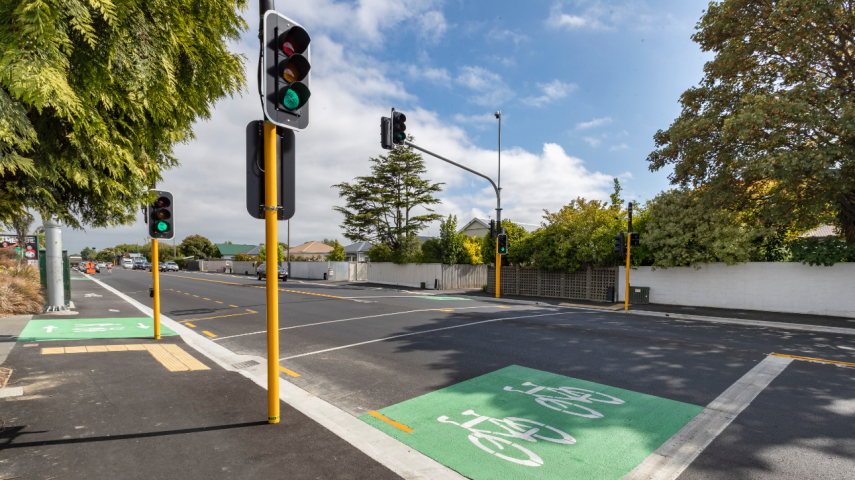Traffic calming trials
We have trialled traffic calming measures on streets where a significant increase in traffic or speeding has occurred and there is support from the residents for changes.
We engaged with property owners and residents of Mersey Street, Thames Street, Francis Avenue and Flockton Street in November 2020, asking for feedback on traffic calming options and also any other ideas they may have.
We have trialled different measures on Francis Avenue (due to traffic volumes) and Thames Street (due to speeding issues) but these were removed due to the impact on surrounding streets.
Francis Avenue and Flockton Street
In 2022, following feedback from residents in Francis Avenue and Flockton Street about increased traffic volumes and speeding, a traffic calming trial is underway in both streets over the same time period (22 August until 17 October 2022).
The trials are to work towards reducing speed and deterring vehicles from using Flockton Street and Francis Avenue as a short-cut route. Once the trials end, staff will report back to the Waipapa Papanui-Innes Community Board and residents about traffic behaviour and monitoring data received during the trials. Plans will then be developed for wider consultation with the community.


